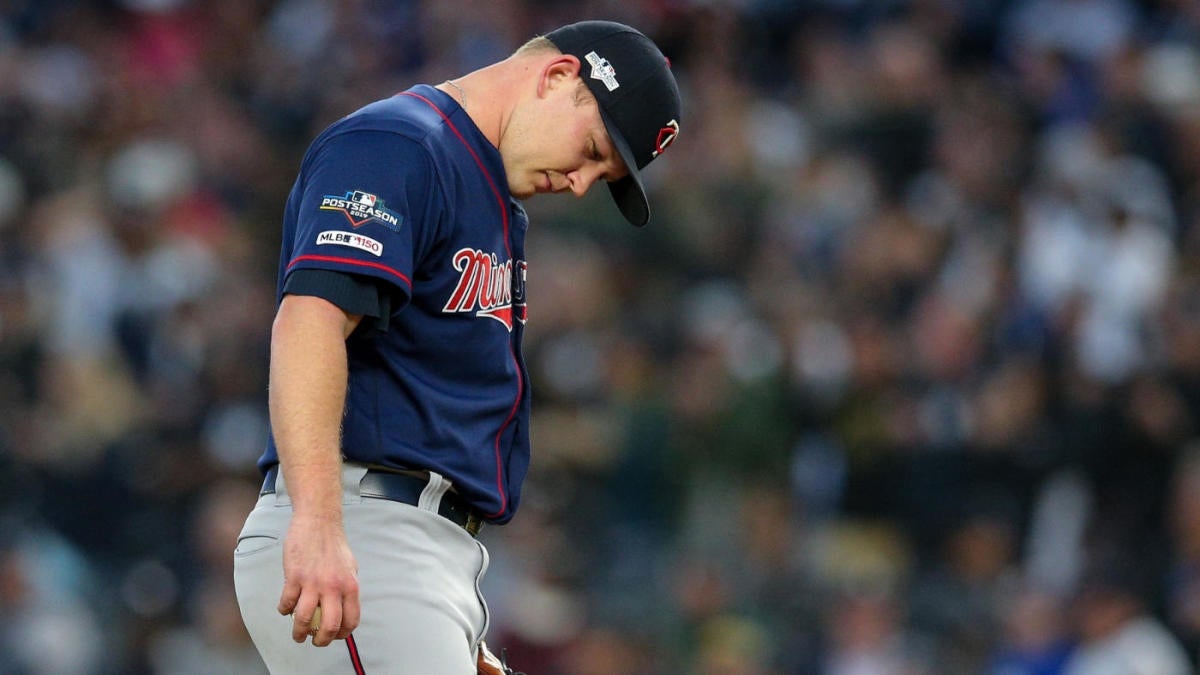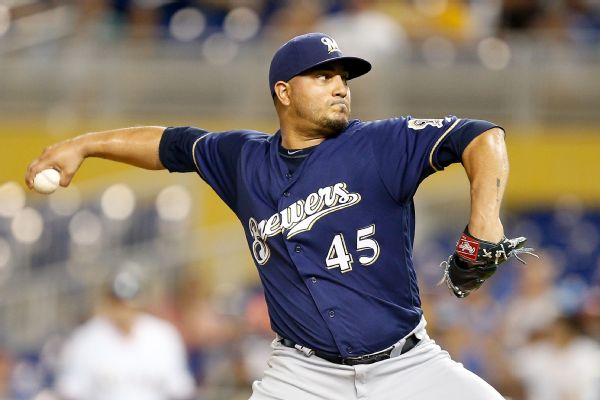I still can’t believe that a team like the
Red Sox, who had an almost 20-game winner, three players hit more than 30 home
runs with a fourth that hit 29 and two players produce 100 RBIs and 100 runs, only
wins 84 games. In business though, the cash cow doesn’t cause bankruptcy. Companies
usually go under when they over invest. The little expenses start to add up and
all of a sudden, they can’t afford the whole production. This is what seemingly
happened to the Red Sox. They over paid for guys like Nathan Eovaldi, David Price
and Steve Pierce and in return, handicapped themselves and let themselves
without much ability to do anything this offseason if the Red Sox want to get
under the luxury tax threshold. In return, we have a postseason without Boston baseball.
With October baseball set to begin without
Boston, here are the official Lewis and Sports MLB Playoff Predictions.
AL Wild Card
Oakland A’s vs Tampa Bay Rays
In my Texas Rangers franchise, the Oakland
A’s went through a reidentification process and renamed themselves the Oakland
Beavers. Maybe that makes me biased, but the playoffs generally come down to
the best pitching staff. The Indians began the playoff-bullpen archetype by employing
Andrew Miller almost every night for multiple innings. Then the Astros took
that and used starters as relievers, which Alex Cora then took to Boston. I
think the Rays are better equipped for this new process, while the A’s might have
one of the worst bullpens in baseball. All the Rays have to do is hit in this
game, which is sometimes hard for them. I’ll take the Rays though.
NL Wild Card
Washington Nationals vs Milwaukee Brewers
To me, the Nationals have turned themselves
into one of the most intriguing teams in the playoffs. Since the end of May,
the Nationals have the best record (69-36 for a .657 winning percentage). I
also feel like their trio of starters in Stephen Strasburg-Patrick Corbin-Max
Scherzer make them better suited for a short series. In an otherwise mediocre
season, the Brewers turned themselves into one of the hottest teams in baseball.
This reminds me last of the Colorado Rockies’ home-away split. I like the matchup
because of the recent success of both teams, but I will go with the more consistent
Nationals. Lets just hope their bullpen holds up.
ALDS
New York Yankees vs Minnesota Twins
This series could turn into a slugfest.
Neither team has exceptionally strong starting pitching but both teams have
very good hitting. The biggest obstacle for the Yankees will be the loss of
Domingo German. Still, I think Masahiro Tanaka will hold up, while the Yankees
have 306 homers without most of their opening day lineup. I’m taking the
Yankees in this slugfest.
Houston Astros vs Tampa Bay Rays
I don’t have much to contest here. I think
the Astros have the best overall team in baseball and no team that takes them
in this opening round has a true shot at beating the Astros in a best of five
series. Facing Garret Cole-Justin Verlander-Zach Greinke makes it extremely
hard for any team to take two-of-three, which is what it will ultimately take in
facing this Astros team. I just don’t see it happening. Astros in this one.
NLDS
Atlanta Braves vs St. Louis Cardinals
Before the season ended, I looked for
teams that had outside forces that one could say caused them to outperform. By
this, I mean, the Red Sox had the Boston bombing in 2013, the Houston Astros had
Hurricane Harvey in 2017. Teams generally play better when they’re playing for something
greater than the game. I thought St. Louis might have had something like that,
but I didn’t find anything relevant, which makes this all pointless other than
for a shout out to organizational behavior. These two teams are eerily similar.
They have a decent collection of hitters and pitchers and will bank on a few
players to carry the rest of the team. St. Louis has an older roster with some
more experience, so I like that over this young Braves team.
Los Angeles Dodgers vs Washington
Nationals
If this ends up true, this might become
the best series of the postseason. Both teams rely on their starting pitching.
The Dodgers have only a slight 4-3 advantage in the season series against the
Nationals, which makes me feel better about believing that these teams are much
closer than we think. They were built similarly, focusing on starting pitching.
Generally, if I were to make a bet on this series, I would bet on the Dodgers.
But I think the Nationals will make things competitive and probably have it in
them to take down the Dodgers, so I will take the Nationals in this series.
ALCS
Houston Astros vs New York Yankees
I think we all expected this matchup. The
Astros and Yankees were the two best teams in the American League and probably
the two best teams in the MLB all season. I think losing Domingo German takes
away the Yankees biggest ability to win games this postseason and even though the
Yankees are more than one man, I take the consistency and potency of the Astros.
NLCS
St. Louis Cardinals vs Washington
Nationals
I don’t think you will see this matchup
from many predictors. It will make it feel all the better when it happens
though. Again, the Nationals seem like the better of the two teams in this
matchup. They hit well and I think they will capitalize on any and all pitching
that comes their way. As long as their bullpen holds up, the Nationals have a
real shot at winning this matchup and getting to the World Series.
World Series
Houston Astros vs Washington Nationals
For all the hype I created for the
Nationals, it ends here. I don’t think anyone will take down the Astros in the
pursuit to the World Series crown. In a league full of great teams and then
some very bad teams, the Astros sit on top of the rest. They have the pitching,
the hitting and the fielding. They have star power and several players primed
for breakout performances this postseason. It creates the perfect blend for
World Series Champions.
World Series Winner: Houston Astros.

/cdn.vox-cdn.com/uploads/chorus_image/image/57198139/833098456.0.jpg)



/cdn.vox-cdn.com/uploads/chorus_image/image/62832598/usa_today_11454178.0.jpg)
/cdn.vox-cdn.com/uploads/chorus_image/image/61734185/usa_today_11299989.0.jpg)